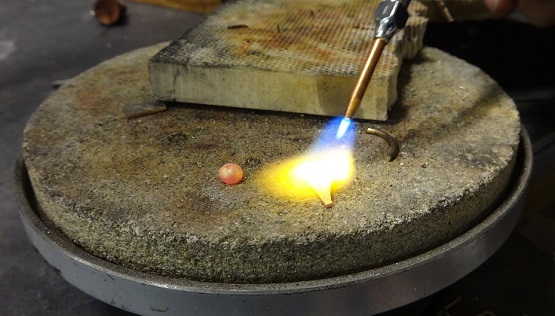- Home
- Home
-
Shop
-
Industries
- Processes
- Gases and Equipment
-
Services
-
Safety
-
Contact & Support
-
News & Media
- Agent Finder
Golden opportunities with precious metals
Have you ever wondered how a hunk of precious metal turns into beautiful jewelry with its fine details? A visit to the goldsmith line at Edvard Munch High School in Oslo shows that behind the handmade jewellery there are many hours of meticulous work and patience.
Anniken admits that it's not always easy to be patient. He's constantly trying to find faster methods. Sometimes he succeeds, sometimes he doesn't. He especially enjoys making margins and getting the stone to fit.
Students at Edvard Munch High School all agree that there are many exciting things you can make of precious metals and it's a great time to see the end result ready!
Text: Unni Bekkevold
Photograph: Unni Bekkevold / Shutterstock


